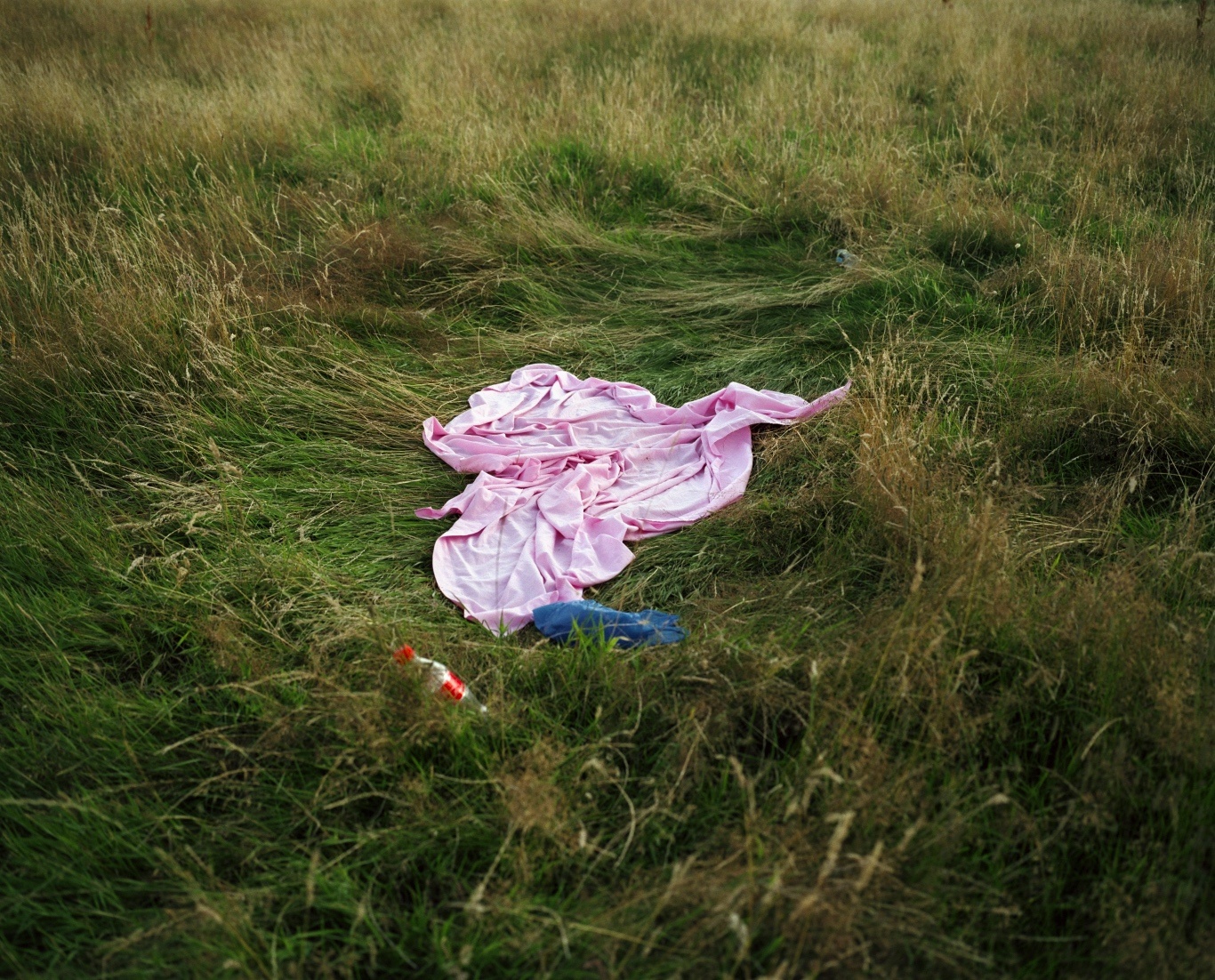
Ask a Londoner to name their favourite spot in the capital and they’ll often choose somewhere that doesn’t actually feel like it’s in London. Hampstead Heath is a prime example. And yet the Heath’s particular charm depends entirely on knowing that you are in the city. That once you trudge to the summit of that hill, you’ll be rewarded with a panorama of London landmarks.
The Heath is “a paradox of managed wildness,” says photographer Andy Sewell. “The look which we think of as being natural has to be laboriously maintained otherwise it would become overrun with scrub.” We see nature and culture as opposing categories but in most cases they “bleed into each other”, Sewell adds, and nowhere more so than on the Heath.
Pathways through the thicket, benches, long grass where tangled lovers hide, “everywhere you look there are signs of the way this landscape has been created to facilitate a certain idea of what we’re looking for”.

It was in the 19th century that Hampstead Heath first captured the imagination of artists and thinkers. In Ode to a Nightingale, Romantic poet John Keats praised, “The grass, the thicket, and the fruit-tree wild”, while painter John Constable rendered its sweeping landscapes and swirling clouds in lush oils.
Today’s Heath may be a very different place – the grazing cattle have been replaced by lawnmowers – but still that bucolic fantasy persists.
In a similar vein, conventional landscape photography presents nature as an escape, humbling in its majesty and scale. Contemporary urban photography, meanwhile, often finds magic in banal, non-spaces like car parks. Sewell’s pictures work both with and against the idealised vision of the Heath, delicately teasing out evidence of cultivation.

Five years in the making, The Heath was Sewell’s first major personal project, followed by Something Like a Nest, which also explores the constructed quality of rural life, this time looking at the English countryside.
For Sewell, photography is about “trying to hold together things which can’t be reconciled,” he says. “The more you look at the world, the more you realise that there are things that don’t make sense, where two things are both true and yet contradictory.”
These are the moments that Sewell tries to capture, moments where you suddenly have “a sense of heightened lucidity but at the same time a sense of heightened mystery”.

Ultimately Sewell concluded that just as Hampstead Heath isn’t as natural as we might think, London as a city is more so. “There are so many different layers of life happening in the same place, interrelating with each other, existing alongside and working against each other.”
Here, when the “murmurous haunt of flies”, as Keats put it, briefly drowns out the roar of the traffic, you appreciate how the city teems with vitality.


